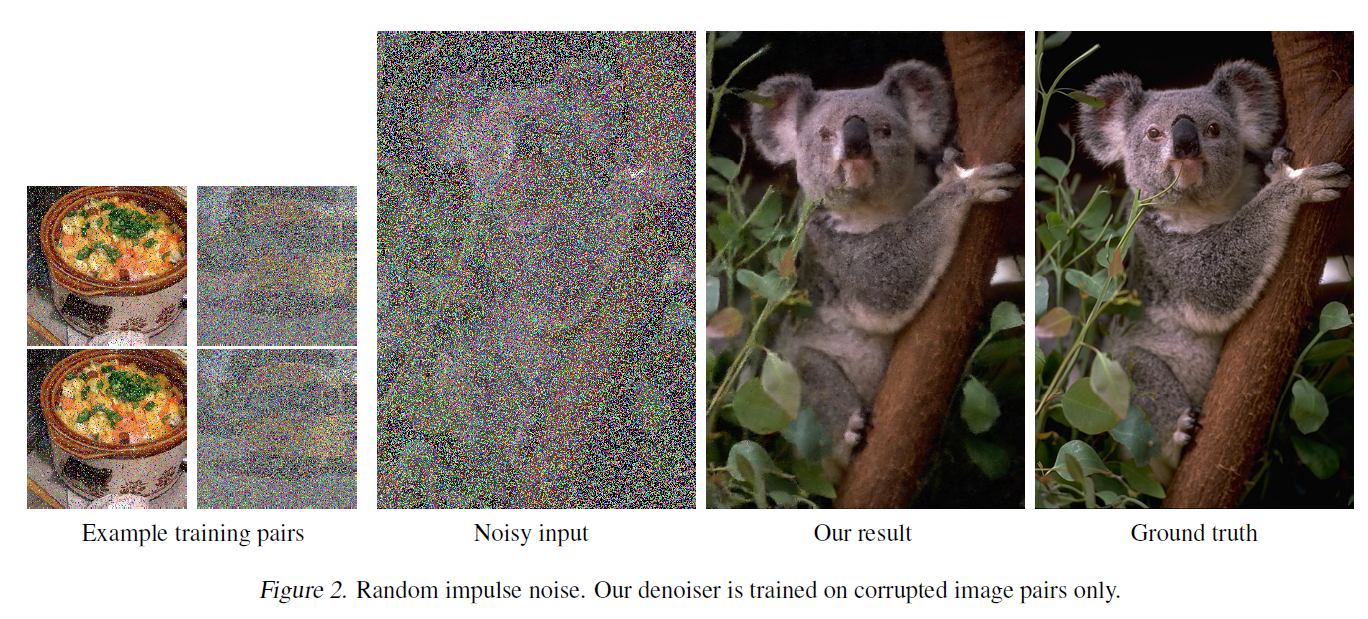- Joined
- Aug 20, 2006
- Messages
- 13,000
PCGamesHardware has found potential evidence of Ray Tracing support in EA/DICE’s Battlefield V, which is due out in October: entering console command Render.DrawScreenInfo 1 in the alpha version brings up a variety of technical details, one of which references the hyped technology (NVIDIA GeForce GTX 1080 Ti [Raytrace: Off]).
Battlefield 5 will be powered by the latest version of the Frostbite Engine and all the previous BF games worked great in DX11. However, Raytracing requires DX12 or Vulkan and that renderer was significantly slower in all previous Battlefield games. As such, we are really looking forward to seeing whether DICE has optimized DX12 so it can be as fast as DX11, and whether these real-time ray tracing effects will be worth the additional performance hit.
Battlefield 5 will be powered by the latest version of the Frostbite Engine and all the previous BF games worked great in DX11. However, Raytracing requires DX12 or Vulkan and that renderer was significantly slower in all previous Battlefield games. As such, we are really looking forward to seeing whether DICE has optimized DX12 so it can be as fast as DX11, and whether these real-time ray tracing effects will be worth the additional performance hit.
![[H]ard|Forum](/styles/hardforum/xenforo/logo_dark.png)

